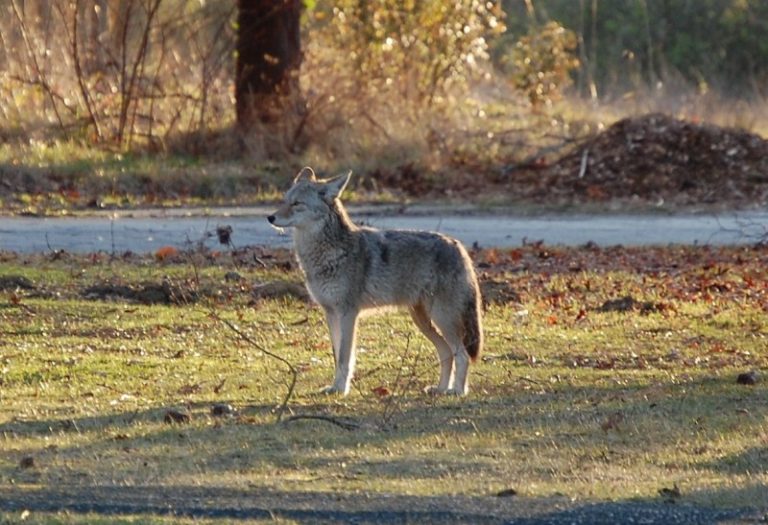Published on June 2, 2020

The slowdown of daily life under stay-at-home orders because of the coronavirus has many of us feeling more connected to nature. We hear more birdsong in the mornings. The air seems cleaner. Perhaps we’re seeing more wildlife in the parks as we take walks in our neighborhoods. But the change of pace hasn’t necessarily benefitted urban wildlife.
Urban wildlife biologists say it’s logical to think we might start seeing more animals during the day, as a result of people shifting their routines away from city centers. But one researcher at the University of Washington Tacoma is seeing preliminary data indicating the opposite effect.
Christopher Schell is an assistant professor of urban ecology at UWT, and a principal investigator with the Grit City Carnivore Project. It monitors coyotes and other carnivores in the South Puget Sound region and how their behavior correlates with human activity, using a network of camera traps to spot the animals when they’re most active.
“Coyotes are normally crepuscular,” Schell said. “They’re normally most active during dawn and dusk periods.”
He says that shifts when coyotes are in cities, where they become more nocturnal, in order to avoid peak hours of activity of people.
He thought that behavior might shift back with more people hunkering down because of coronavirus. But Schell says initial data from the Grit City Carnivore Project’s cameras are showing the opposite effect, with both coyotes and raccoons.
Continue reading at KNKX.
Originally written by Bellamy Pailthorp for KNKX.